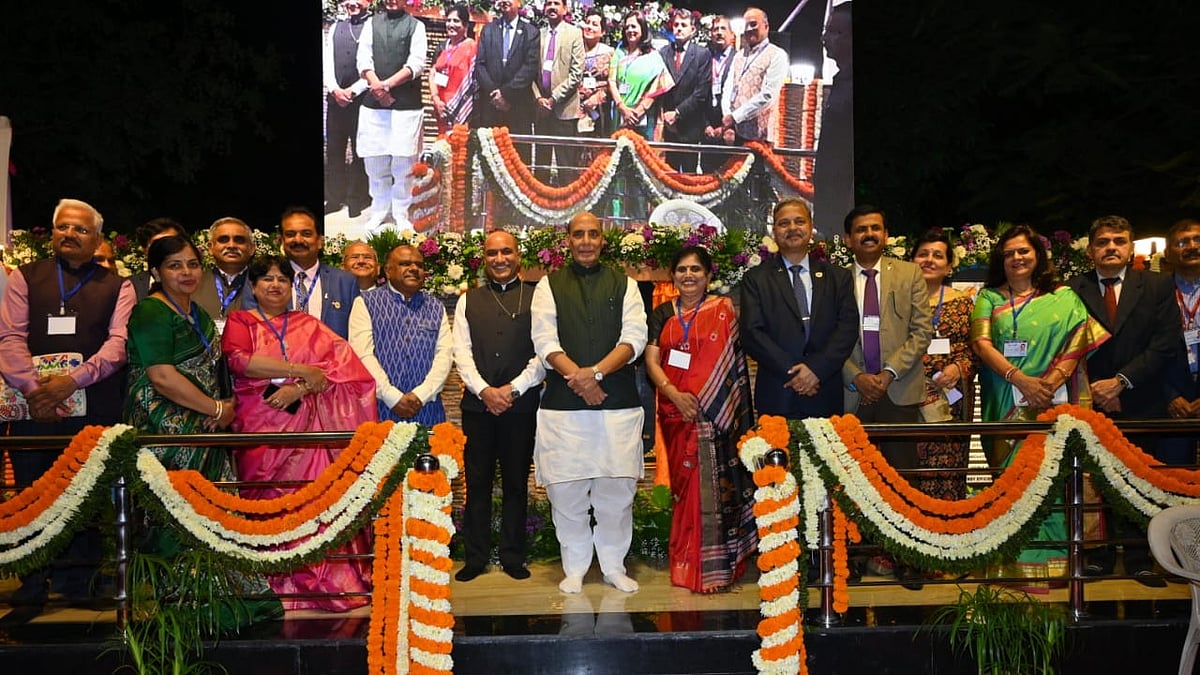Can you imagine your ghar ka khana without potatoes or chillies? I’m from West Bengal, and I can’t. We use potatoes in so many dishes: Meat, fish and mixed with all kinds of vegetables. Yet, both chillies and potatoes are relatively new to the Indian subcontinent — brought here by the Portuguese only a few 100 years ago, in the 16th and 17th centuries. What was the diet of Indians like before the European traders came to our shores? How did different dynasties and inter-marriages change our cuisines, and what food did the ancient Indians during the Indus Valley Civilisation eat? How did we grow from a millet-growing nation to a rice-based one? How did beverages like tea and coffee become such an integral part of our lives? Did we ever cook without spices like cumin and cardamom? Why is it that the Dutch use ingredients that are so similar to Indians?
These questions might not even have occurred to you since these items are so ubiquitous in our cuisines and homes, yet each has a story. And these are the stories that Sonal Ved aims to share in her latest book, Whose Samosa is it Anyway? The Story of Where Indian Food Really Came From.

Ved is a journalist and author; her last book, Tiffin, was widely appreciated for its recipes. Her experience in food writing and research is unparalleled and her new book on the history of Indian food, naturally, was much-awaited. However, in this book, she moves away from traditional recipes in a cookbook format to a more detailed look at our culinary history.
The book, Whose Samosa is it Anyway?, is divided broadly into five parts: food during the Indus Valley Civilisation, religious influences on our cuisines, the dynasties that ruled India and how they influenced food, the impact of the traders and colonial powers, and finally, post-independent India and the food we eat now. The book is rich in history and trivia: even the most common items in the kitchen have a story behind them. The use of historical texts and travelogues, as well as religious myths, add a layer of authenticity to the book.
A country as diverse as India, with its many cultural influences, obviously has a diverse cuisine. Each part of India eats differently, and each ingredient has a history that can be explored. The task before Ved was momentous, yet her research is detailed and elaborate, spanning centuries. Through her research and writing, Ved explores and questions the very idea of India, Indianness, and the Indian identity. Food is an integral part of our identity, shaped by politics, social conditions and conditioning, and, naturally, geography. But, what is “Indian food”? Do we have any claim to the food items we love so much: from pav to pulao to, of course, the samosa.

While the facts are all interesting and nuggets that you are sure to share with your friends while biting into a malpua or a dish of pulao, my favourite story is that of the origin of sambar. Ved says it was a dish created for the Maratha king, Sambhaji, and named after him. “He was fond of a Marathi dish called aamti, which has hints of kokum. The story goes that one day, the regular stash of kokum did not reach the Tanjore palace’s kitchen on time. Instead of telling Sambhaji that aamti could not be made, the chef improvised by adding a dash of tamarind pulp and thus was born sambar.” In fact, before this, there was no mention of sambar in South Indian literature at all. There are several such stories of spices, curries, even restaurants.
I, especially, enjoyed the introduction to the book — the author’s discovery of different types of Indian cuisines in a place many of us have discovered diversity: the classroom. Here, the author meets Sindhis, Marwaris, and Bohris with diverse lunchboxes, much like I was introduced to Anglo-Indian food from my best friend’s tiffin box. It’s a wholly relatable moment, and it makes perfect sense that Ved started exploring how and why people eat different kinds of food from a young age.
The writing in the rest of the book is not so personal. In fact, it seems like one fact after another, often jumping between centuries and ingredients. The ending especially seems rushed — just as I start reading about the restaurant culture in modern-day India, the book is over without exploring it in great detail.

Also, while Ved tries hard to include food items from all over the country, she misses out entirely on the North-Eastern states. She also ignores how politics in present-day India impacts our food choices: she explores Gandhi’s role in our culinary habits, as well as Tagore’s but has not gone beyond them in her exploration of politics and food in modern India. Admittedly, it is a tough task to fit every Indian dish in a book. Ved has picked
what she considers the most interesting, surely; I just wish there was more exploration of some of the concepts and ingredients mentioned. It is an interesting read for sure and it’ll definitely make you crave your favourite foods!
Title: Whose Samosa is it Anyway? The Story of Where Indian Food Really Came From
Author: Sonal Ved
Publisher: Penguin Viking
Pages: 256; Price: Rs 499











